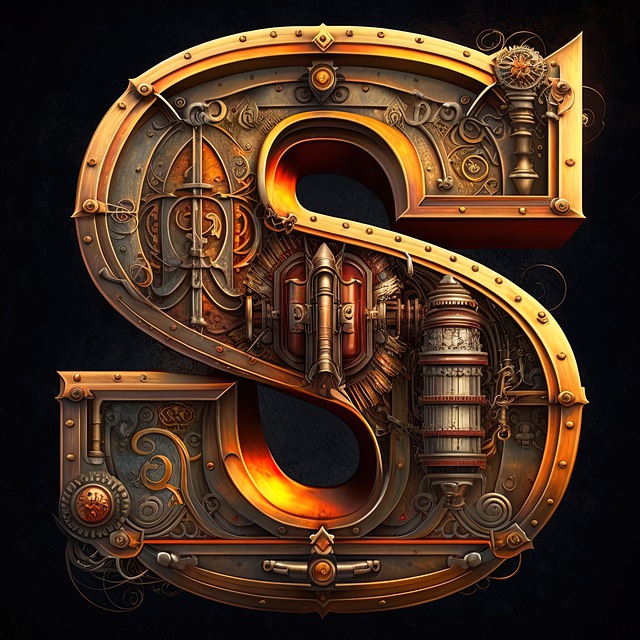Does the slightest hint of a mystery make you feel alive? Do you try to unravel it like a thrilling detective story? If so, then writing mechanics for thrillers can be your superpower. Whether you’re a budding author or an experienced pro, harness the power of writing mechanics to turn your suspense stories into adrenaline-pumping page-turners!
How to master proper writing mechanics
Thriller writing requires a unique set of rules and principles, as this genre is known for its suspenseful and often intense storylines; here are some essential tips to abide by.
Unveil the mystery – How to leverage your plot, characters, and setting to create suspense
The key to any successful thriller is the story itself. Create an intriguing plot that keeps your readers guessing and diving into the depths of mystery. Give them complex characters whose motivations and personalities are constantly in flux. And don’t forget to set the stage with an intriguing atmosphere that hints at danger lurking around every corner.
Raise the stakes – Ramping up the tension with increasingly risky situations
As the story progresses, up the ante by putting your characters in increasingly risky situations. This will create tension, suspense, and excitement to keep readers engaged as they try to guess what comes next. You can also add time constraints or other obstacles to raise the stakes even higher.
Surprise your readers – Create plot twists that keep them on the edge of their seats
Surprise plot twists and turns drive most thriller stories. Ensure you create enough surprises for your readers so they can never be too sure of what will happen next. Surprise them with unexpected revelations, shocking reversals, or unforeseen connections between characters and events.
Remember to keep track of timelines and clarity:
In thrillers, there are usually multiple plot points happening at one time. Keeping a clear timeline might sound like an impossible task. Still, it can help keep everything organized so readers know what’s going on, when, and where without losing interest in any scene described.
Master the cliffhanger – Know when to end your chapters for maximum effect

The cliffhanger is a classic thriller writing tool—and it can work wonders if you use it correctly. Don’t be afraid to leave your readers hanging at the end of chapters; make sure they’re left with enough information to keep them guessing.
Plant hints of what comes next, tease a pivotal plot point, or introduce an unexpected development—whatever it takes to make the story as suspenseful and unpredictable as possible!
Crafting unique twists – Subvert expectations for maximum impact
Always leave your readers wanting more. The element of surprise is essential to any great thriller. Keep your readers guessing by creating unique twists and turns that they won’t see coming.
When things look like they are wrapping up perfectly, stick another twist into it without sacrificing logic or believability. Subvert their expectations and ensure each twist builds off the last for maximum impact.
Writing a page-turner – Crafting engaging dialogue and active sentences
The conversation should never feel forced but smooth. Too much talk can decrease pacing, while clever remarks help add humor and break tension, making scenes come alive and adding personality and character development.
Creating suspense isn’t all about the plot; your writing style is critical to making it come alive. Use active verbs and robust dialogue to convey emotion to keep your readers on the edge of their seats.
Make sure every line moves the story forward and builds tension. You want your readers to feel like they’re living in the world you’ve created—with a looming suspense that never disappears.
Dialing up the intensity – Using amplified language to heighten tension
When it comes to thrillers, it’s all about power. The more intense the language you use, the more suspense you can create. Don’t be afraid to ramp up the drama by using exaggerated descriptions and powerful words that will put your readers on high alert.
– One approach is the use of powerful words with strong connotations, such as “menace,” “ominous,” and “evil.” For example, instead of saying that someone was angry, you could state that they were “seething” or “fury-filled.”
Another way to amplify written language is through sentence structure. Instead of writing something simple like “The storm had come,” you might try something like “Suddenly, the storm descended with a vengeance.”
– Proper nouns, starting with a capital letter, are essential in establishing the setting and characters of the story. A well-crafted thriller plot relies upon precise and intriguing details from its characters’ lives, which can be more effectively shown through the creative use of proper nouns.
For instance, if your protagonist is an ambitious lawyer from San Francisco who’s out to get the man responsible for his father’s death, you could introduce him with vivid imagery by including specific references that anchor him in his home city: Telegraph Hill overlooking San Francisco Bay; BART lines running beneath Market Street; West Portal tucked away between Twin Peaks and Forest Hill.
Show, don’t tell – The power of visuals to create unexpected twists

Thrillers are all about the unexpected, and visuals can be a powerful tool for creating sudden twists. Showing rather than telling allows you to surprise your readers in ways that simple words can’t. Mixing up your media will enable you to keep them guessing until the end.
One great example of this technique can be seen in Alfred Hitchcock’s 1958 classic thriller Vertigo. Throughout the film, we can see how obsessed Scottie (the protagonist) becomes with Judy (the mysterious woman he encounters).
Without any explicit narration or dialogue, Hitchcock creates an ominous atmosphere as we watch Scottie follow Judy to her various destinations and become increasingly consumed by his obsession with her.
By withholding critical information from the audience until it reaches its climax, Vertigo creates tension and anticipation that hooks viewers into wanting more answers. This is ‘show, don’t tell’ at its finest.
Building tension with subtext – Layering symbols, metaphors, and juxtapositions for subtle impact
Your story’s subtext is what will truly make it come alive. Layer symbols, metaphors, and juxtapositions throughout the text to create a subtle underlying tension that will keep your readers guessing.
This extra layer of suspense will add depth to your story and draw in readers looking for something more complex than a straightforward mystery.
One classic example is in Christopher Nolan’s film The Dark Knight, where Batman battles the Joker to control Gotham City.
The intertwined symbols throughout their battle build up much tension as it progresses. From Bruce Wayne being tied up at his dinner table by the Joker, symbolically representing his fear and helplessness, to grappling between two giant torches symbolizing their battle for dominance over Gotham City.
Each element adds depth to their clash, all building towards its climax.
Editing for maximum impact – Tightening your narrative with exposition and redundancies

Your story should be tightly edited to create impact. Typos errors might distract and detract reader experience ruining impactful sections’ work entirely!
Cut out any unnecessary exposition that slows the pacing and ensure no redundancies in your writing. Keep it tight and focused so readers can stay immersed in your mystery until the last page.
Conclusion
Writing mechanics are essential because they form the foundation for effective communication without any loss in translation – something that becomes even more valuable when communicating online where non-verbal cues cannot be relied upon!
Remember that mastering writing mechanics is a journey, not a destination. To become a master storyteller who creates captivating stories full of suspense and intensity, you have to be willing to keep learning, experimenting, and pushing yourself outside your comfort zone.
Thank you for taking the time to read. May you find success and joy in all that you create.
If you’re working on your first novel and are looking for more help with your writing, please check out my other articles at https://ullahakanson.com/blog/
Best of luck with your writing!
Ulla
www.ullahakanson.com

